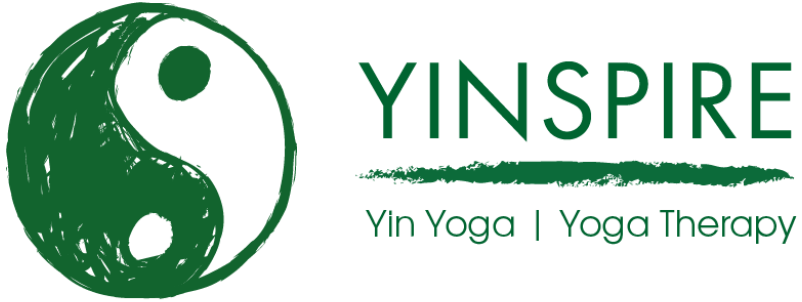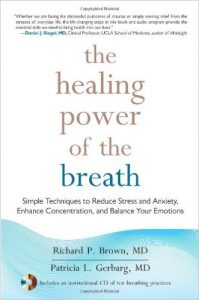We do it all the time, mostly in the background, but it’s unique in being an automatic body function that we can exercise an element of control over.
It’s a key thread running through a yoga class. Breath supports yogas energy techniques know as pranayama; breath is an anchor for concentration and mindfulness; in more dynamic yoga styles breath is used to support movement.
Yet, there is another sometimes neglected function of the breath – it’s use in healing. That’s the topic of this book.
Much illness – taken as the opposite of wellness – comes from imbalances our nervous system, normally the activating aspect of the nervous system known as the Sympathetic Nervous System being overstimulated. This has so called downstream effects – stress, inflammation, brain fog, sluggish digestion, poor circulation.
Yet there is strong evidence that the breath can be a tool for changing this – a key tool at that. Think on this. Cheaper than seeing a doctor; less toxic than drugs ; something anyone can do – breathing.
This book works with some very simple breath techniques for promoting healing – manly from stress related issues – and wellbeing. There are five main practices covered – Coherent Breathing, a slow balanced breath; Resistance Breathing, with pursed lips or constructed vocal cords, known in the yoga world as Ujjayi; Breath Moving, directing the breath to differing parts of the body; Ha Breath, an energising breath technique; and Breath Counting, where the breath is paced and the out breath elongated, breath in 4 hold 4,breath out 6,hold 2. Anyone who is in my classes regularly will recognise some of these.
The effects of each are subtly different, but in general they stimulate the Vagus Nerve which is the key component of the Parasympathetic Nervous System, the calming sister to the Sympathetic Nervous System, and this in turn helps to regulate brain activity. At the same time subtle changes are registered in sensors in our body – specifically Baroreflex sensors and Chemoreflex sensors – which in turn support changes in respiration and brain function, and downstream the Vagus and PNS, a kind of virtuous circle.
Enough science, though. This is a practical book, taking you through the techniques, practice tips, problems and adaptations, along with rationales, suggested uses and enough explanation/science/research to show it’s not woo woo.
Coherent Breathing has been a key component of my ongoing training in Yoga Therapy, and if you’ve been in my classes over the summer you probably would have practiced it with the chimes. However once a week isn’t really enough, it should be daily, maybe even twice daily. And this is where my own empirical experience comes in – practising 25 minutes of Coherent Breathing a day for the last couple of months 5 or 6 days a week has had significant effects on my own relationship with stress and mood, and I anticipate this being a key practice for me for months, years maybe, to come. Honestly I can’t recommend it enough.
So this is a book for Yoga teachers, and Yoga students, for anyone who is fed up with being fed up, tired of being tried and stressed about their stress.
Its not a long read, but it does its job well.
Recommended.
The book can be bought on amazon, and if you use this link, Yinspire earns a small commission.

